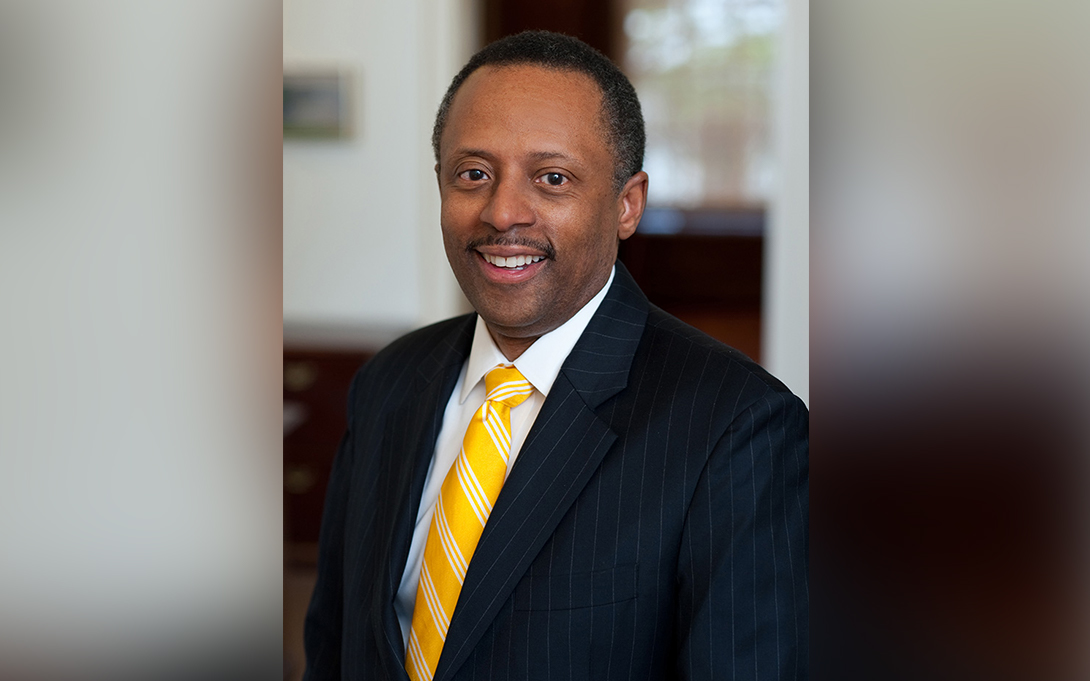
Ann Arbor and other cities across the Midwest and Northeast have been referred to by climate specialists as “climate havens,” natural areas of refuge that are relatively safe from extreme weather events such as intense heat and tropical storms. Many of these cities are already welcoming climate migrants, due to their relatively affordable housing and other infrastructure left over from the industrial boom in the mid 20th century.
Ford School professor Earl Lewis along with U-M Center for Social Solutions researchers Julie Arbit and Brad Bottoms show how the growing threat of climate change means these regions may not be safe for much longer in The Conversation.
Citing their research in Progress in Environmental Geography, the authors show that climate threats will not impact every resident equally and may widen national racial and economic inequities. “These inequities leave many communities disproportionately more impacted by economic, health, and well-being losses from flooding, which exacerbates cyclical disinvestment,” they write.
The authors illustrate the impact of climate change on climate havens – a list of cities that includes Ann Arbor, Michigan; Duluth, Minnesota; Minneapolis, Minnesota; Buffalo, New York; Burlington, Vermont; and Madison, Wisconsin. In the coming years, these same cities are projected to see some of the greatest temperature increases across the country. As the authors point out, warmer temperatures can hold higher quantities of water vapor, leading to more intense and frequent storms.
“These cities are already feeling the impacts of climate change,” the authors write. “In 2023 alone, ‘haven’ regions in Wisconsin, Vermont and Michigan suffered significant damage from powerful storms and flooding.”
The authors argue that climate resilience mechanisms, especially in these areas with older infrastructure, are not adequate to adapt to a future with climate change. “Intensified precipitation can further stress stormwater infrastructure, resulting in basement flooding, contamination of drinking water sources in cities with legacy sewage systems, and hazardous road and highway flooding,” they write.
As cities look to the future, the authors made recommendations to help the local governments of these “climate havens” prepare for climate risks and adapt infrastructure for an influx of climate migrants from elsewhere.
“Decision-makers can hope for the best, but must plan for the worst,” they write. “That means working to reduce greenhouse gas emissions that are driving climate change, but also assessing the community’s physical infrastructure and social safety nets for vulnerabilities that become more likely in a warming climate.”
The authors conclude by pointing to collaboration as the key to mitigating the effects of climate change. Working across sectors and through public-private partnerships will allow communities to plan for climate adaptations early and have access to the innovation they need to do so.
Read the full article in The Conversation.
